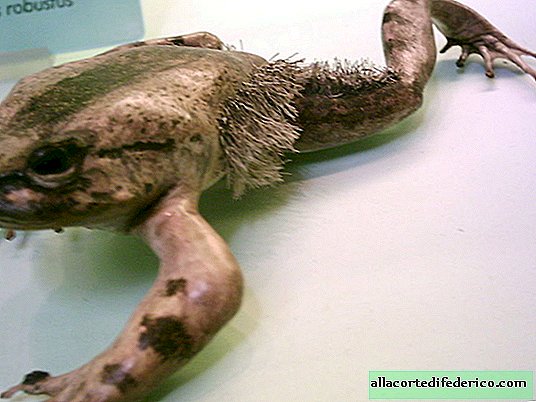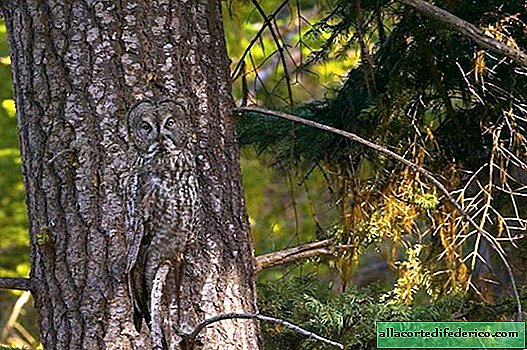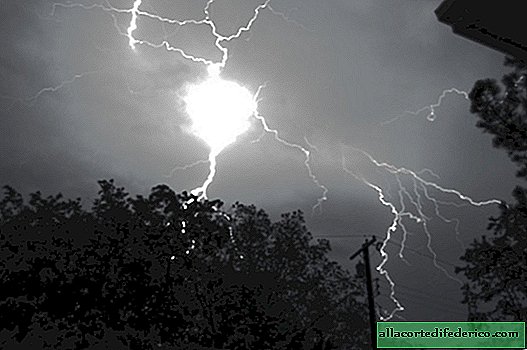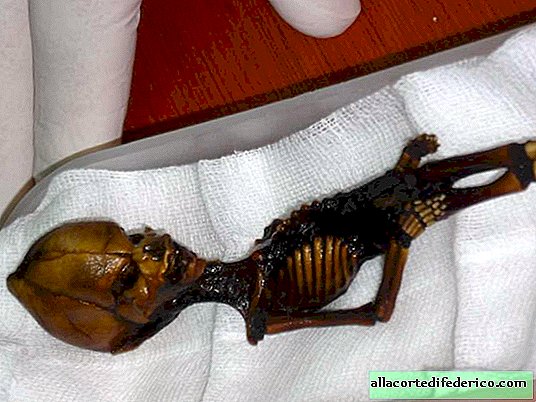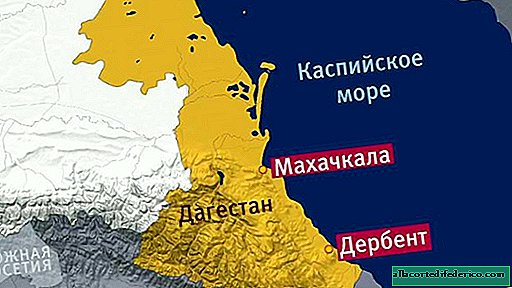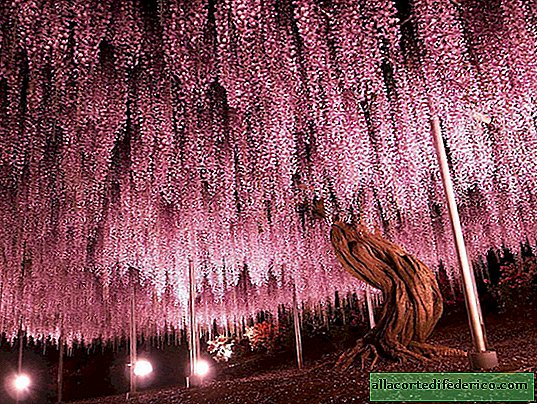Lake Medusa: only here you can swim among 2 million jellyfish and not be afraid
Recently, jellyfish are increasingly playing the role of negative characters: they become the cause of hospitalization of tourists, and their excessive amount upsets the balance in marine ecosystems. Most species pose a danger to humans, as wounds and burns form on contact with the skin surface on the body. But on Earth there is an amazing lake where people can not be afraid of local jellyfish. This is Lake Medusa on the uninhabited island of Ayl-Malk in the Pacific Ocean.

A small coral island, like everyone else from the Rocky Islands, is part of the Republic of Palau. This island nation is not very populated like its closest neighbors Indonesia and the Philippines, and a little more than 20,000 people live on small islands. Like many islands of this state, Ail-Malk is uninhabited. Despite this, many tourists come here every year to visit the local attraction - the charming Lake Medusa.

The lake is buried in a tropical jungle and quite fits the definition of a paradise. The pond has small dimensions, only 0.057 sq km with a maximum depth of 50 meters. Due to the abundance of pores and cracks in the limestone rocks surrounding it, Lake Medusa is not completely isolated and communicates with the waters of the ocean. In addition, the reservoir belongs to a rather rare type of meromictic lakes. To such reservoirs limnologists include lakes, the water in which is divided into two or more layers having different physicochemical parameters. In the case of Lake Medus, we can talk about two different layers, separated from each other: the upper, enriched with oxygen and aquatic inhabitants, and the lower, almost oxygen free, with a high level of hydrogen sulfide and almost devoid of life. Just in the surface layer and live two types of scyphoid jellyfish, which attract fans of snorkeling here.

Only two species live in Lake Medusa: golden jellyfish (lat. Mastigias papua) and moon jellyfish (lat. Aurelia sp), but there are a lot of them. These species are completely harmless to humans, and you can safely touch them. Golden jellyfish are especially attractive, which became the hallmark of the lake and made it the most visited tourist attraction in Palau.

Large predatory fish are not found here, and jellyfish do not have natural enemies and competitors for food. Thanks to this, local jellyfish are thriving, and their number is about 2 million individuals. But 20 years ago, during an increase in temperature during the El Niño period, jellyfish almost disappeared from the reservoir. Although these invertebrates are thermophilic tropical species, a sharp increase in water temperature did not benefit them. It's all about the seaweed Symbiodinium, which live in symbiosis with the jellyfish of the lake. Thanks to these microorganisms, jellyfish get a part of their nutrition, but it was these algae that did not survive the change in temperature. In the late 1990s, the population of jellyfish in the lake decreased to an insignificant amount, and this fact was associated with the death of algae. But, fortunately, the El Niño period is over, the temperature has returned to normal, and the paradise has been saved. In just a few months, the number of jellyfish recovered to its original number, and the inhabitants of the lake continue to delight numerous travelers.







